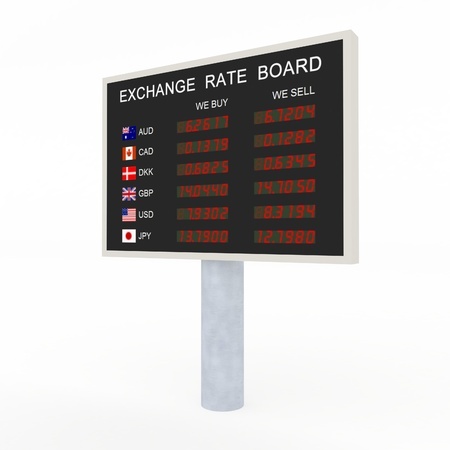Activity 7l: The Trade Weighted Index

- The trade weighted index (TWI) is the average value of the AUD compared to a weighted basket of foreign currencies of Australia’s trading partners
- The weights given to each country’s currency represents that country’s relative importance as a trading partner to Australia, which those countries involved in a high degree of trade with Australia being given a higher weighting in the TWI.
- The Chinese renminbi’s relatively high weighting (at close to 30%) will result in a meaningful decline in Australia’s TWI.
- In contrast, a similar appreciation of the New Zealand dollar in foreign currency markets will result in a less significant decline in the TWI because the NZD weighting in the TWI is significantly less than China’s currency.
- This means that Australia is engaging in relatively more trade than before with Japan and relatively less trade with China.
- Both the TWI and the AUD/USD trended down since 2020, from approximately USD0.78 (TWI 64) to approximately USD0.68 (TWI 63). The value of Australia’s TWI increased relative to the value of the AUD/USD because of the relative strength of the USD in foreign exchange markets [owing to its more aggressive tightening of monetary policy compared to countries like Australia]. It effectively means that the Australian dollar increased in value against other countries relative to the decline in value against the USD.
- The exchange rate trended down since 2022 from approximately USD0.75 in February 2022 to approximately USD0.68 in August 2024. This depreciation is likely to have increased inflationary pressure and made it more to difficult to achieve price stability given that inflation increased above the target range of 2-3%. The depreciation also exerted upward pressure on Australia’s rate of economic growth given that it raises the international competitiveness of Australia’s tradables sector (assisting with the achievement of the strong component of the SSEG goal). It also assisted with the achievement of full employment given that a boost to net export demand led to a higher demand for labour, stronger employment growth and lower rate of unemployment. [This is assuming that unemployment resides above the NAIRU level.]
